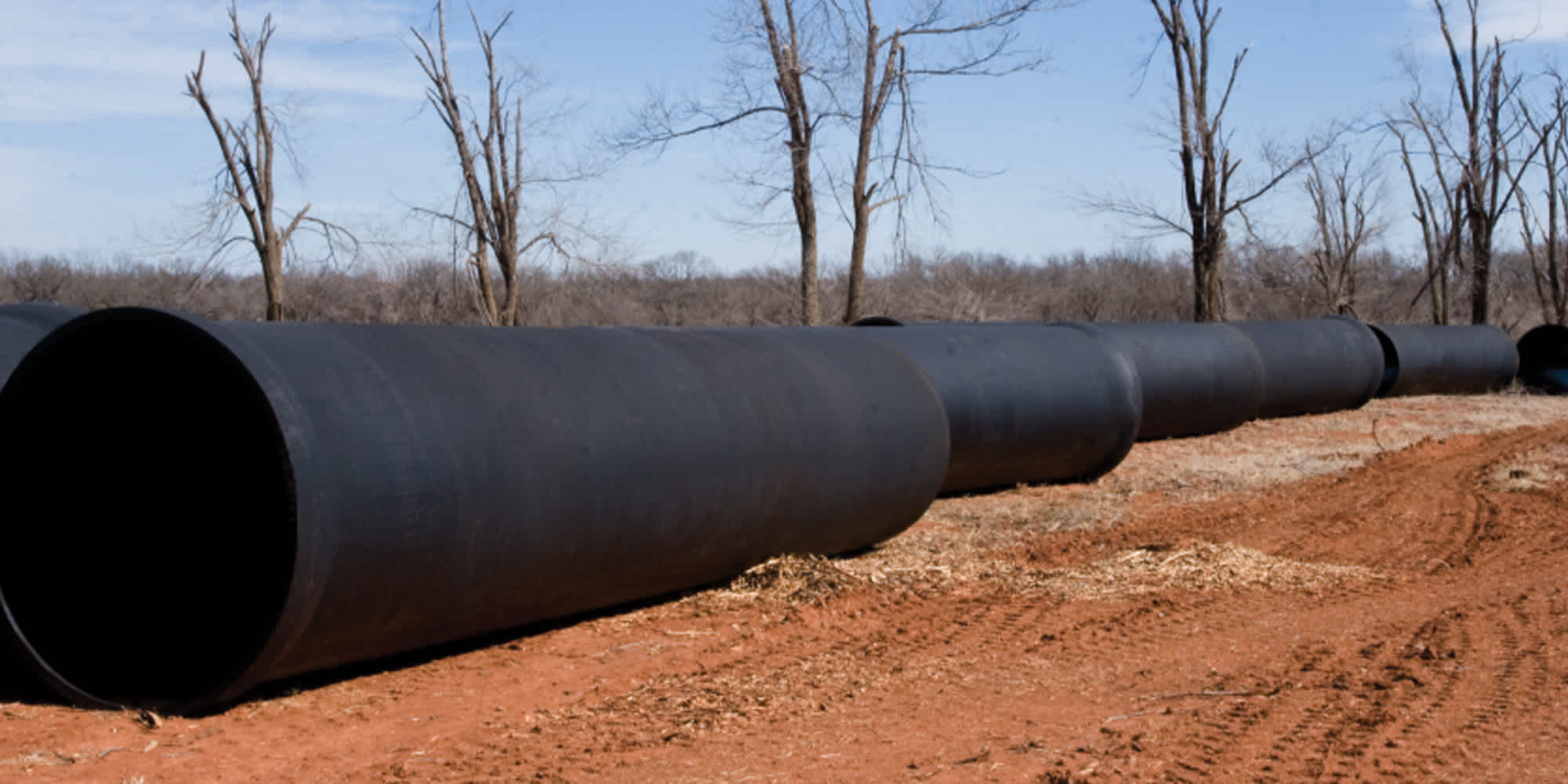Trench Installation
Pre-Construction Planning
Engineers should identify other utilities, trees, shrubs and lawns, gas services, and house sewers. The engineer establishes the location of these structures and provides a detailed plan and profile.
Excavation Plan
The pipe laying foreman should plan excavation work, equipment, and manpower to fit the plans provided and carefully investigate the construction site before moving equipment to the site.
Trench Excavation
Engineers will require that pipe be installed with a specific minimum earth cover, which depends on the frost line and surface load conditions. Each utility or municipality has established practices for this part of the excavation work. Trench depth and type of soil encountered are vitally important because they govern the need for shoring the trench during water main installation.
Trench Width
The width is governed by the size of pipe, type of soil, and excavating equipment. DIPRA’s Installation Guide will provide a chart for determining trench widths.
Trench Bottom
The trench bottom should be true and even to give the barrel of the pipe soil support for its entire length. If the subgrade is soft, the trench bottom can be improved by adding crushed stone up to 2-inches in diameter.
Bell Holes
Holes for pipe bells should be provided at each joint but should be no larger than necessary for joint assembly and assurance that the pipe barrel will lie flat on the trench bottom.
Backfill
Most soils may be used for backfill over the pipe, except there are maximum particle size restrictions around the pipe. These restrictions are necessary to prevent damage to the pipe or its coating from a hard, possibly sharp rock particle.
For more assistance with installing Ductile iron pipe, please reference DIPRA’s Installation Guide.

Trench Width and Ductile Iron Pipe Thickness
The trench must be wide enough to permit proper installation of the pipe and to allow room to assemble joints and tamp backfill around the pipe. The width is governed by size of pipe, type of soil, and type of excavating equipment.
The trench laying condition with respect to the trench bottom is usually specified by the engineer or utility. There are five standard laying conditions described in ANSI/AWWA C150/A21.50.
The trench type can be used to calculate the appropriate thickness of the Ductile iron pipe.

